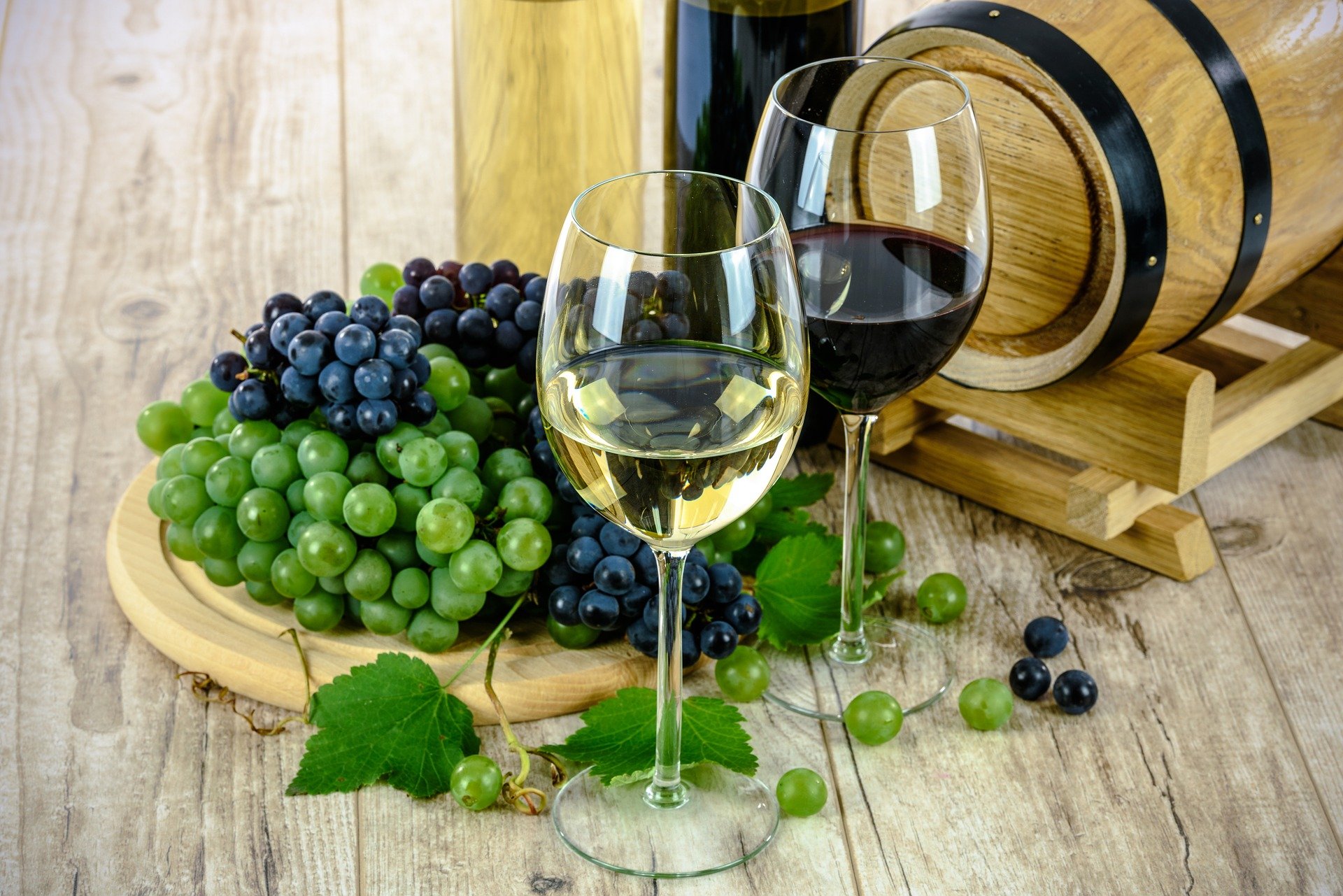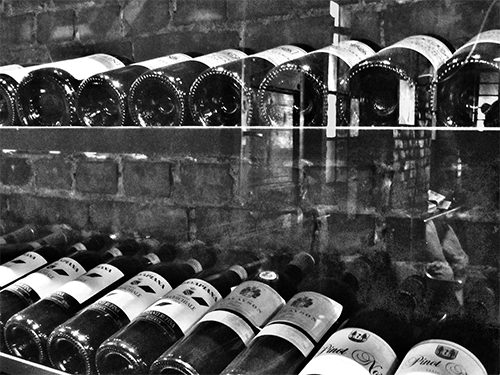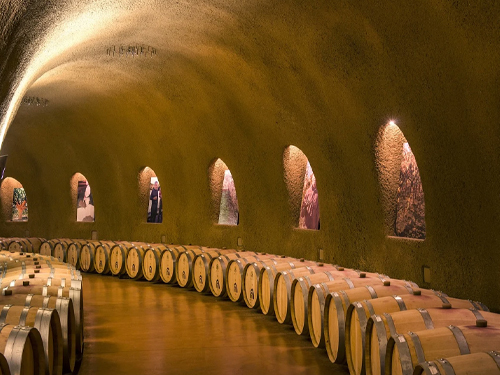Rédigé le 19/11/2020
Présentation de notre terroir

Chanzy est implanté sur les trois Côtes de la Bourgogne et vous propose des vins d’exception, mais aussi des plus modestes. Nous parlons régulièrement ici de vin, de tous les vins, mais il nous semblait essentiel de vous présenter le vin de Bourgogne, ses spécificités et ses qualités.
Si le bordeaux se distingue surtout par ses vins rouges, la Bourgogne rayonne aussi par ses blancs. Ils représentent 60% de la production et les meilleurs sont même plus chers que nos plus beaux vins rouges.
Ce qu’un amateur cherche au rayon Bourgogne de son caviste, c’est la rareté. Nos domaines produisent entre 50 et 1.000 caisses par an quand un château bordelais moyen en sort jusqu’à 20.000 !
Une production faible et des petits domaines, comme un lancé de confetti sur les coteaux, voilà ce qui créé le charme du vignoble bourguignon.
Les cépages les plus représentés sont le Pinot Noir pour les rouges et le Chardonnay pour les blancs. L’un comme l’autre trouvent ici un climat et une terre qui révèle plus qu’ailleurs leurs potentiels.
On sépare la Bourgogne viticole en 5 districts qui offrent une grande variété de caractères de goûts. Du Nord au Sud on trouve don le Chablis, la Côte d’Or (côte de Nuits et côte de Beaune), la Côte chalonnaise, le Mâconnais et le Beaujolais. Le Beaujolais est généralement mis un peu à part tant ses vins diffèrent de ceux des autres districts.
5 districts donc, aux sols et au conditions de culture très variés. Le site où tel ou tel vin est cultivé a donc une importance considérable. Voici donc quelques conseils de base pour acheter et boire du bourgogne !
Se renseigner sur la réputation du producteur (Si vous commandez sur ce site, c’est déjà un soucis en moins).
Faire attention au millésime ! On considère que, pour les rouges, les récentes bonnes années ont été 2010, 2009, 2008, 2006, 2005, 2003… Pour les blancs, préférez les 2010, 2009, 2008, 2004, 2002, 1999…
Si les bordeaux sont en général appelés à vieillir, à décanter et à s’aérer, le bourgogne rouge nécessite moins de péparation pour s’apprécier. Il se déguste très bien jeune et contient très peu de dépôt. Trop l’aérer peut aussi vous faire perdre nombre d’arômes… En revanche le bourgogne blanc peut gagner à être décanté. Côté température, 17°C pour un rouge et entre 15 et 17°C pour un blanc nous semblent optimales.
Vous voilà un peu plus renseignés sur notre terroir, nous espérons vous avoir donné envie d’en découvrir plus, peut-être en nous rendant visite !













